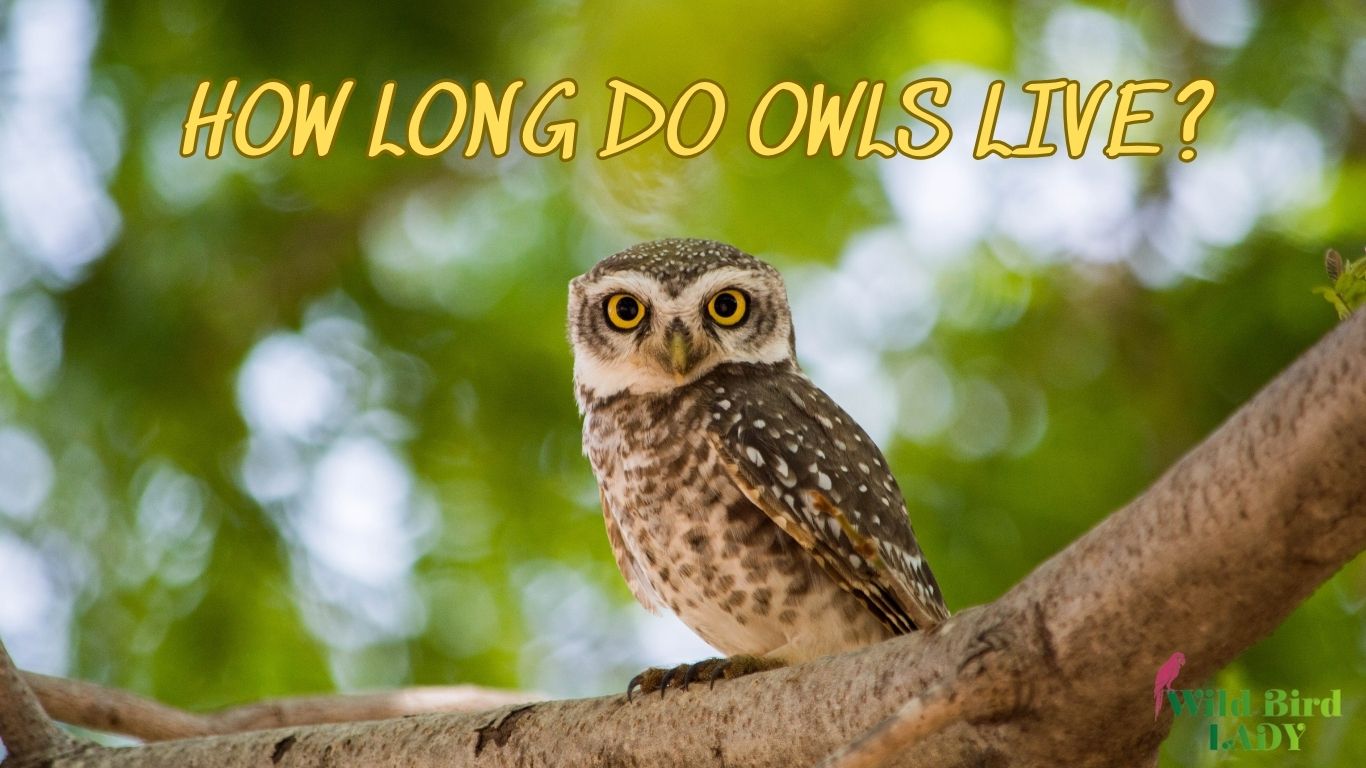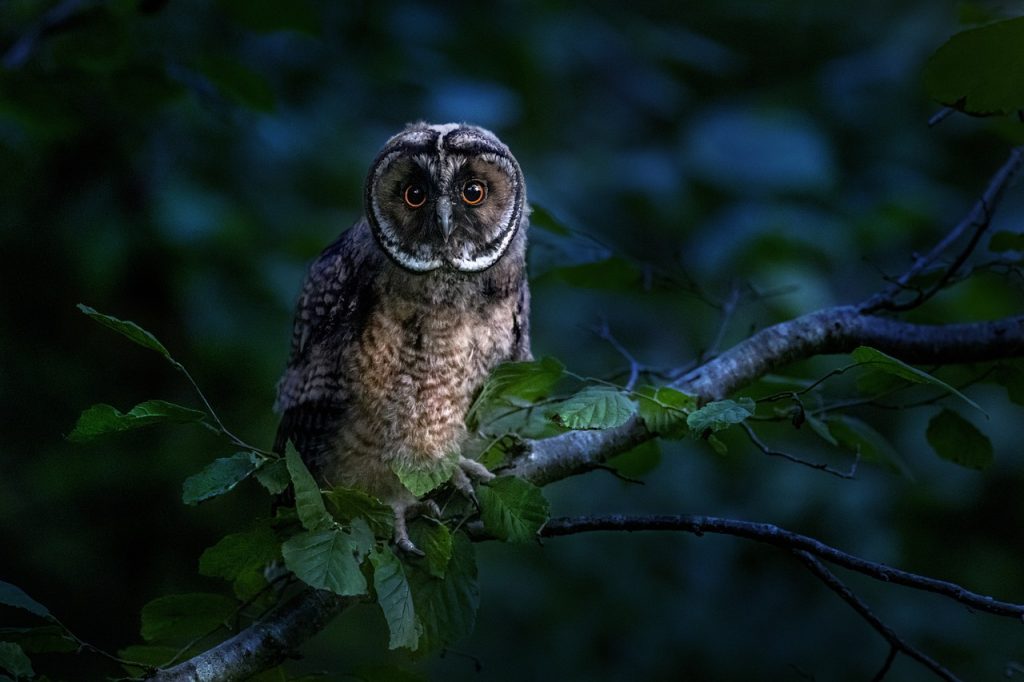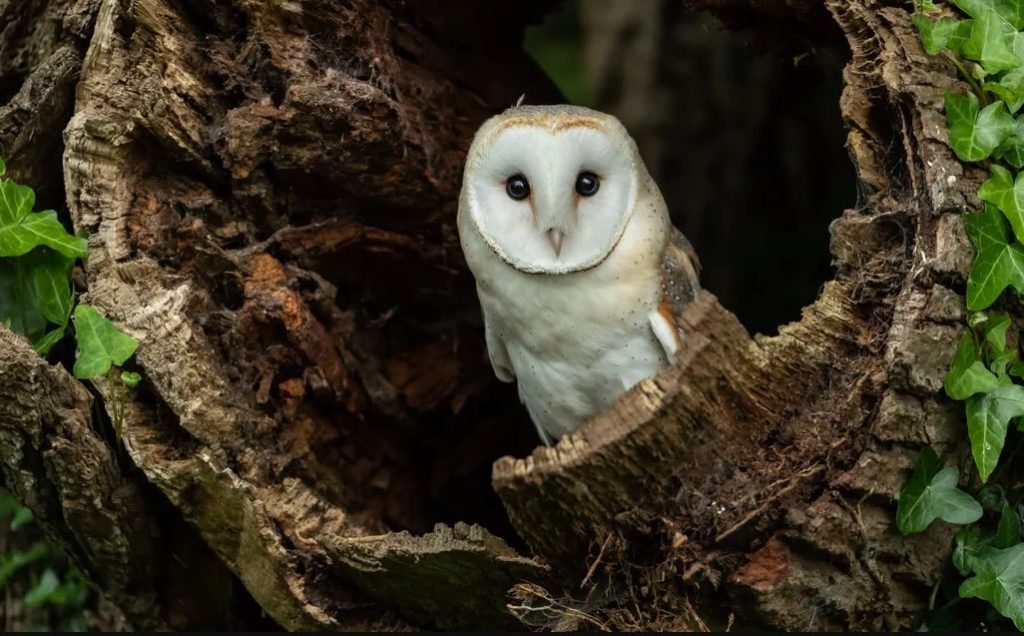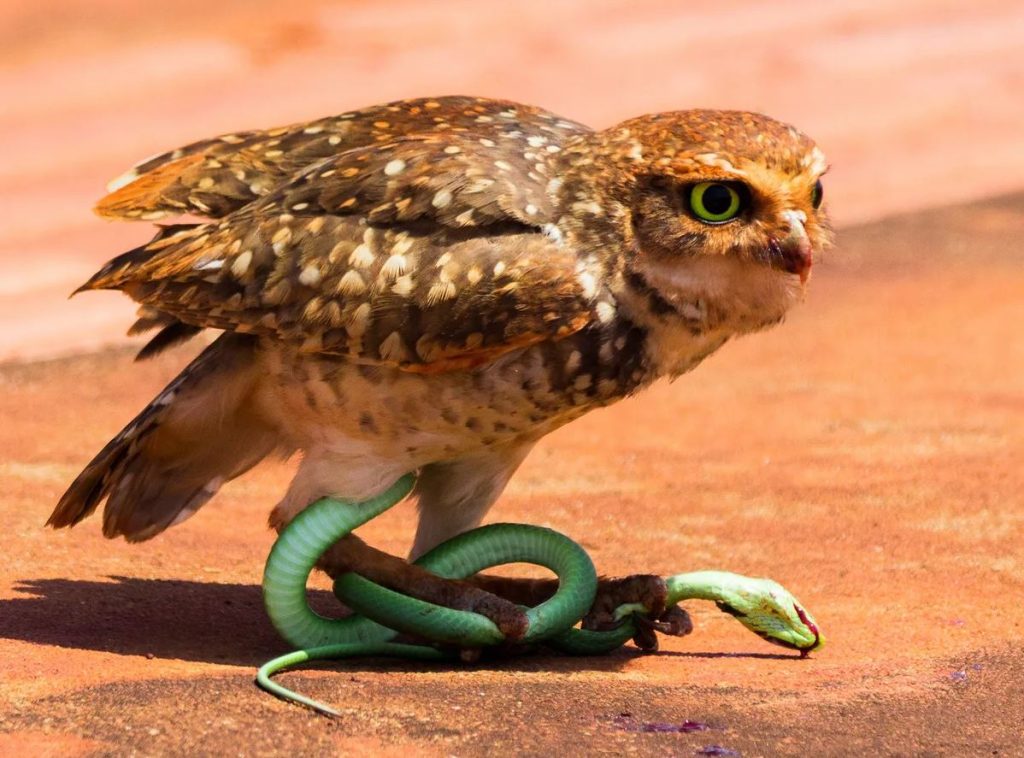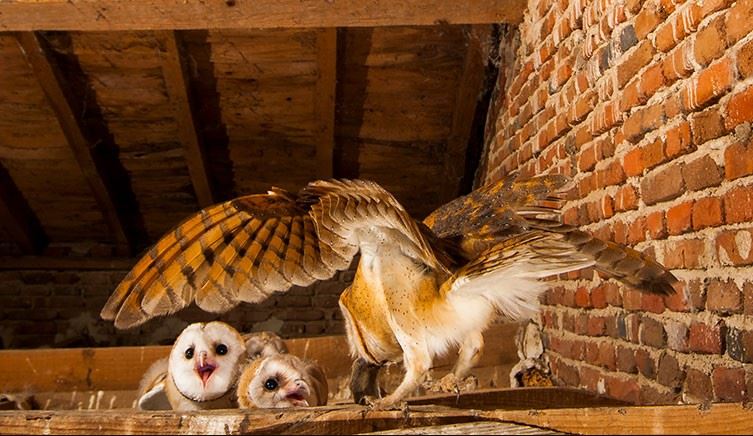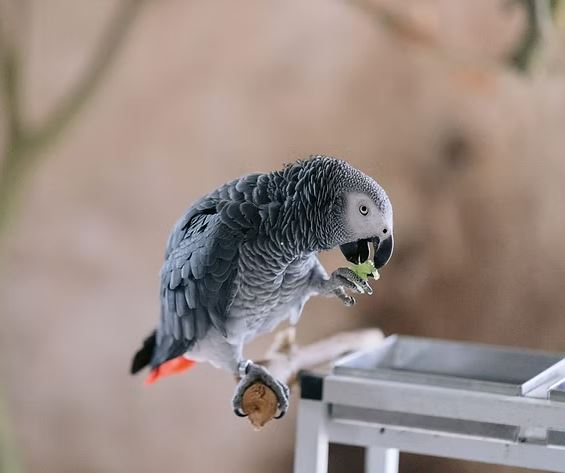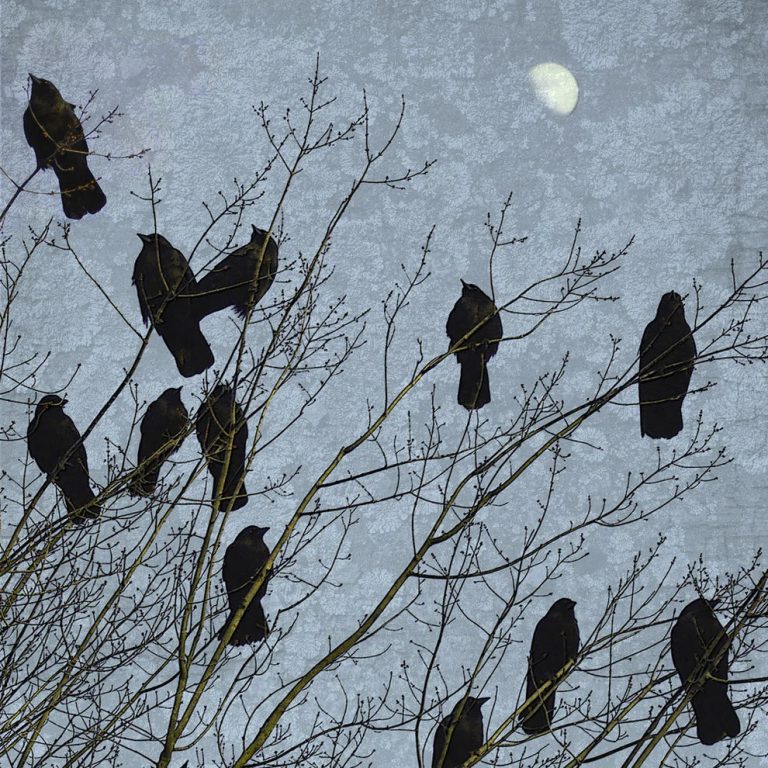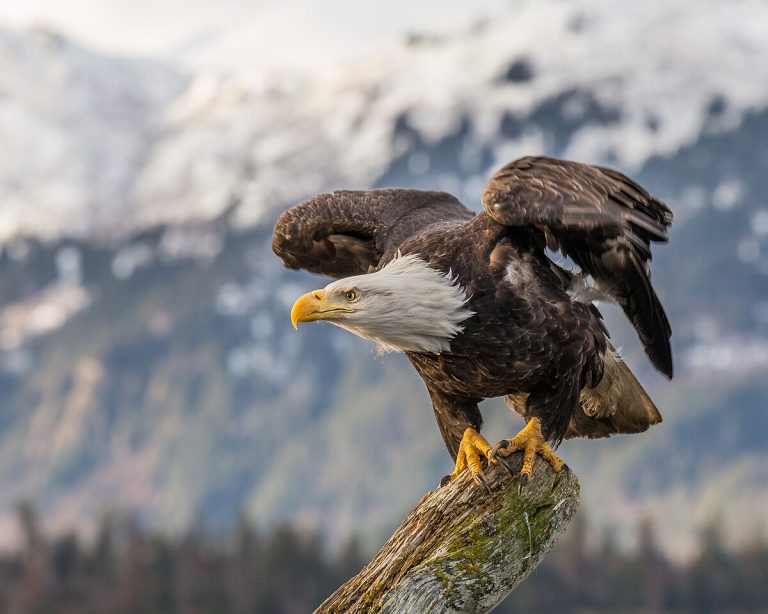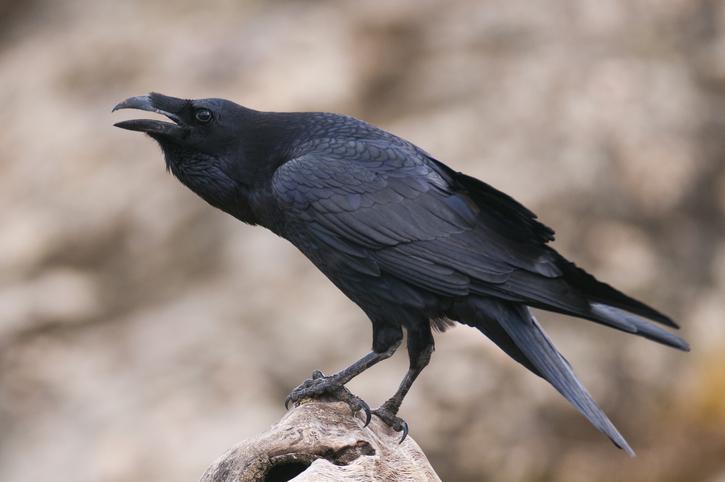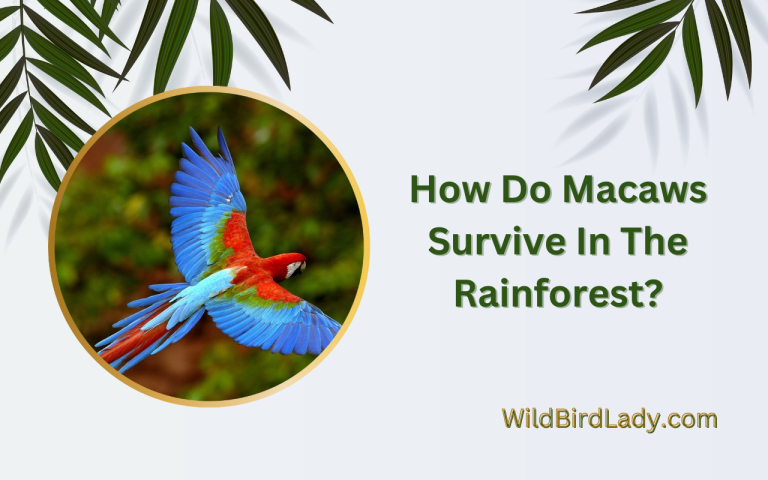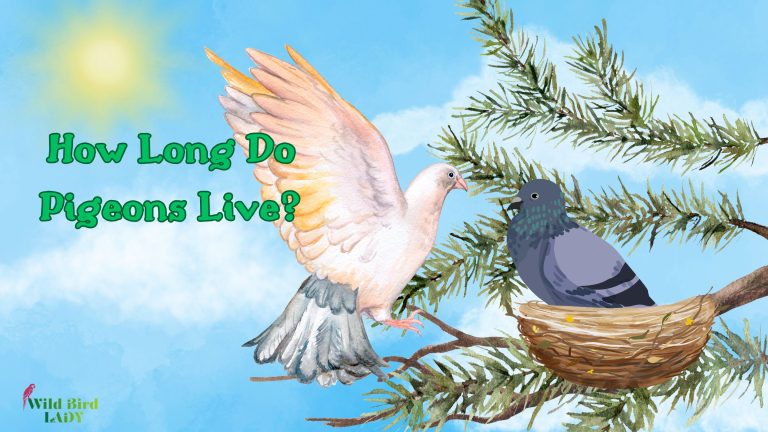How Long Do Owls Live? Discover the Secrets Behind Their Mysterious Lifespan
By Rifat Ahmed – Birdwatching Expert with 13+ Years of Experience
Owls have always held a certain mystery. Their haunting calls echo through forests at night, their silent wings glide under the moonlight, and their piercing eyes seem to know more than they let on. One of the most common questions I get from fellow bird lovers and curious beginners alike is: How long do owls live?
Well, the answer isn’t as straightforward as you might think. The owl lifespan varies greatly depending on species, habitat, threats, and whether they’re in the wild or in captivity. In this article, I’ll take you deep into the life expectancy of owls—from tiny screech owls to majestic snowy owls—based on my own experiences.
Introduction to Owl Lifespan
Owls belong to an ancient and diverse order of birds called Strigiformes, encompassing over 200 species worldwide. These birds of prey range in size and behavior, which directly affects how long they live.
So, how long do owls live? On average:
- Small owls (like the Eastern Screech-Owl) live 6–10 years in the wild.
- Medium-sized owls (like the Barn Owl) average 4–9 years, though some may live longer.
- Large owls (like the Great Horned Owl or Snowy Owl) can survive up to 25–30 years in ideal conditions.
But the real story goes much deeper than numbers.
Wild vs. Captive Owl Lifespan
One of the most important factors influencing an owl’s longevity is where it lives. The contrast between life in the wild and life in captivity is dramatic—not just in years lived, but in the challenges faced and the quality of those years.
In the Wild: A Life of Constant Risk
In nature, owls lead a life of freedom—but it’s far from easy. Every day is a delicate dance between survival and sudden peril.
Threats Wild Owls Face Include:
- Predation: Young owlets and even smaller adult owls fall prey to hawks, eagles, raccoons, and snakes.
- Disease and Parasites: Without veterinary care, owls are vulnerable to fungal infections, avian malaria, or mites that affect feathers and skin.
- Starvation: Prey availability fluctuates. A single cold snap or drought can decimate rodent populations and leave owls hungry.
- Harsh Weather: Freezing temperatures, heatwaves, and storms can threaten both nests and adult birds.
- Human Interference: Cars, pesticides, power lines, and urban sprawl cause thousands of owl deaths annually. One of the saddest sights I’ve witnessed was a Barn Owl hit by a roadside vehicle, likely hunting low over an open field.
Because of these threats, many owls—especially young ones—never make it past their first year. According to data from the Cornell Lab of Ornithology, mortality rates for juvenile owls can exceed 60% in some species.
However, if a wild owl survives its first year, its chances of reaching maturity and living a relatively long life increase considerably. Adult owls develop sharp hunting skills, learn to avoid danger, and find safer roosting spots. In good habitats, species like the Great Horned Owl or Barred Owl may live 10 to 15 years in the wild.
“I once tracked a mated pair of Barred Owls in a protected forest in upstate New York. They returned to the same nesting site for nearly a decade—proof that, with the right environment, owls can thrive for years in the wild.”
– Rifat Ahmed
In Captivity: Safety and Longevity
In contrast, owls living in captivity—such as in wildlife sanctuaries, zoos, or education centers—are shielded from many of the dangers they would face in the wild.
Benefits of Captive Life Include:
- ✅ Reliable Food Supply: Captive owls receive a balanced, species-appropriate diet on a regular schedule—often consisting of pre-killed mice, rats, and chicks supplemented with vitamins and minerals.
- ✅ Veterinary Care: Regular check-ups and medical treatment for injuries or illnesses dramatically improve survival odds.
- ✅ No Predators or Competition: Owls don’t have to compete for territory, mates, or food.
- ✅ Environmental Controls: Enclosures often offer climate protection, reducing stress during extreme weather.
As a result, captive owls often live nearly twice as long as their wild counterparts. For instance:
- A Great Horned Owl may live 13–15 years in the wild, but up to 35 years in captivity.
- A Barn Owl might reach 9 years in the wild but can exceed 20 years under human care.
According to the U.S. Bird Banding Laboratory, one of the longest-living recorded owls was a captive Great Horned Owl that lived over 38 years—a testament to the power of protection and consistent care.
But it’s important to note: longevity in captivity doesn’t always mean quality of life. Owls are wild animals, and if they’re not given adequate space, mental stimulation, or proper husbandry, they may suffer from stress-related behaviors like feather plucking or lethargy. Ethical institutions provide environmental enrichment—puzzle feeders, flight space, and natural perches—to support the owl’s well-being.
“I’ve volunteered with a raptor rehabilitation center that cared for a non-releasable Snowy Owl. Despite wing damage, she lived peacefully for over 22 years in a large, forest-mimicking enclosure, responding to enrichment and interacting with handlers in calm, dignified ways.”
– Rifat Ahmed
The Takeaway
In summary:
- Wild owls live risky, unpredictable lives—but those that survive their youth can live for over a decade.
- Captive owls live longer, safer lives, often reaching 20–30 years or more with proper care.
- However, quality of life and natural behaviors must be respected, especially in educational or conservation settings.
Whether you’re observing owls in the wild or supporting them through conservation, understanding these differences gives you deeper appreciation for the resilience—and fragility—of these extraordinary birds.
Owl Lifespan by Species
Let’s take a closer look at the average owl lifespan by species. These figures are based on data from All About Birds and my own field observations:
| Owl Species | Wild Lifespan | Captive Lifespan |
|---|---|---|
| Eastern Screech-Owl | 6–10 years | Up to 20 years |
| Barn Owl | 4–9 years | 15–20 years |
| Great Horned Owl | 13–15 years | 30–35 years |
| Barred Owl | 8–10 years | 20+ years |
| Snowy Owl | 10–12 years | 25–28 years |
| Northern Saw-whet Owl | 5–8 years | 15+ years |
| Short-eared Owl | 4–6 years | ~12–14 years |
| Long-eared Owl | 5–10 years | Up to 20 years |
Keep in mind that these numbers are averages. Some individuals beat the odds dramatically, while others perish early due to environmental pressures.
Factors That Influence How Long Owls Live
As a birdwatcher, I’ve seen firsthand how external and internal factors affect owl longevity. Here are the key ones:
a. Size and Species
Larger owls generally live longer. For example, Great Horned Owls often outlive smaller species like the Saw-whet Owl.
b. Diet and Hunting Skill
A healthy diet rich in protein (mice, voles, birds, reptiles) supports survival. Inexperienced or injured owls may struggle to hunt and starve.
c. Predation and Competition
Juvenile owls are especially vulnerable. Predators include:
- Larger raptors (hawks, eagles)
- Raccoons
- Snakes
d. Habitat Quality
Urbanization, deforestation, and pesticide use reduce suitable nesting areas and prey populations.
e. Human Impact
Collisions with vehicles or power lines, illegal pet trade, and habitat destruction are major threats.
f. Genetics and Disease
Just like in humans, genetic health plays a role. Some owls succumb to congenital defects or avian diseases.
The Life Cycle of an Owl
To understand how long owls live, it helps to look at their stages of life:
1. Egg Stage
- Incubation lasts 25–35 days depending on species.
2. Nestling Stage
- Blind and featherless, nestlings rely completely on parents.
- Rapid growth over 2–4 weeks.
3. Fledgling Stage
- Begin to leave the nest and practice flying.
- Survival here is touch-and-go.
4. Juvenile Stage
- Learn to hunt independently.
- High mortality rate in first year (over 50% in some species).
5. Adult Stage
- If they make it past year one, owls can live into their teens or longer.
How Long Do Baby Owls Live?
Many people are surprised to learn that most owlets don’t survive their first year. Causes include:
- Predators
- Sibling competition (yes, stronger owlets may outcompete weaker ones)
- Starvation
- Exposure to elements
That’s why successful fledging is such a big milestone. In my 13 years of observation, I’ve seen nests where only one out of four chicks made it to adulthood.
How Long Do Owls Live in Captivity?
In captivity, owls are often used for:
- Education programs
- Breeding
- Conservation
Their diets typically include:
- Pre-killed mice and rats
- Day-old chicks
- Vitamin and mineral supplements
According to the Cornell Lab of Ornithology, captive owls can live well over 20–30 years, especially larger species like the Great Horned Owl or Snowy Owl.
However, captivity isn’t without its challenges. Enrichment is vital. Without mental stimulation and space, owls can become stressed or develop health issues.
Owl Longevity Records
Some notable longevity records that have fascinated ornithologists and birders alike:
- Great Horned Owl: 38 years (captive)
- Barn Owl: 34 years (captive)
- Snowy Owl: 28 years (captive), 10+ years (wild)
- Barred Owl: 24 years (wild record)
- Eastern Screech-Owl: 20 years (captive), 14 years (wild record)
Source: U.S. Bird Banding Laboratory & All About Birds
Conservation & What You Can Do
Many owls are under threat—not from natural predators, but from human activity. Here’s how you can help support longer owl lifespans:
✅ Preserve Their Habitats
Support forest and grassland conservation initiatives.
✅ Avoid Pesticides
Chemicals kill rodents, which are a primary food source for owls—and poison the owls that eat them.
✅ Install Owl Nest Boxes
Especially for Barn Owls and Screech Owls. They offer safe, predator-free nesting spots.
✅ Support Organizations
Groups like the Owl Research Institute and the Cornell Lab of Ornithology play a vital role in studying and protecting owls.
Final Thoughts
So, how long do owls live? The answer is layered and fascinating. While some may only live a few years in the wild, others—especially in captivity—can reach their 30s.
In my years of birding, each encounter with an owl has reminded me of how fragile yet resilient these birds are. They thrive in the darkest hours, yet their survival depends on the light we shine on conservation efforts.
If we continue to protect their habitats and minimize human threats, perhaps more owls will beat the odds and live out their mysterious, long lives in peace.
FAQs About Owl Lifespan
Q: Do all owl species live the same amount of time?
No. Larger species like Great Horned or Snowy Owls live longer than smaller owls like Saw-whet or Screech Owls.
Q: What’s the biggest threat to an owl’s lifespan?
In the wild, it’s a combination of predation, starvation, and human impact. In captivity, lack of enrichment and improper diet can shorten life.
Q: Can I keep an owl as a pet?
In most countries, including the U.S., keeping a wild owl as a pet is illegal without proper licensing. They require expert care and specialized diets.
Q: How can I tell the age of an owl?
It’s difficult unless the owl was banded as a chick. Plumage, eye color (in some species), and behavior may offer hints but aren’t precise.

